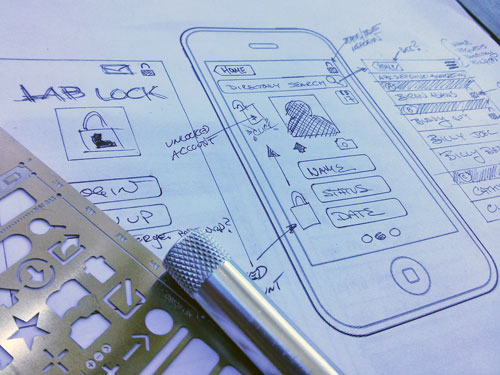Mobile has changed the way we interact with content. As UX practitioners, we need to rethink the design paradigm for the web. Simply translating desktop designs to mobile screens is not an option. Small touch screens on smartphones, tablets, and e-readers change the way users input and interact with content…(Continue reading on Medium).
Interaction Design
Design Considerations for Little Fingers
Designing interfaces and apps for kids is not just a matter of simplification or making the buttons bigger — it requires us to consider interaction models and user experience from the child’s perspective. Children are curious, inquisitive and love to explore. They will touch and interact with everything on screen, searching to discover content interactions within the interface… (Continue Reading on Medium)

Kids and Robots
I am still amazed by the ease with which kids (namely my six year old son) can pick up technologies and figure out UI interactions. Over the past few months, Ruslan has been watching me design robots on My Robot Nation, a web-based service that allows you to configure, design and 3D print your robot. He asked if he could create his own robot for his birthday and so I sat him down in front of the computer. In the time I went to the kitchen to make him something to eat, he had already configured and designed his first robot. Like all things digital, the robot’s existence was ephemeral: Ruslan deleted his creation, wanting to create something better the next time.
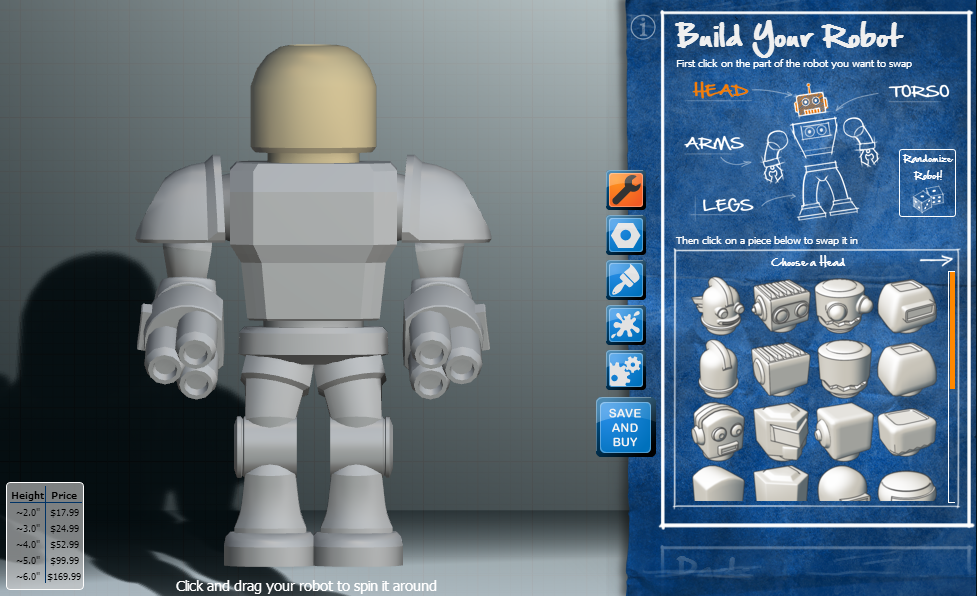
This led to his prototyping and designing on paper several different robots before he sat down again in front of the computer. The movement between digital and traditional analog tools as means of expression and creation comes naturally to kids. Their movement is seamless and effortless; we’ve lost this skill as adults.
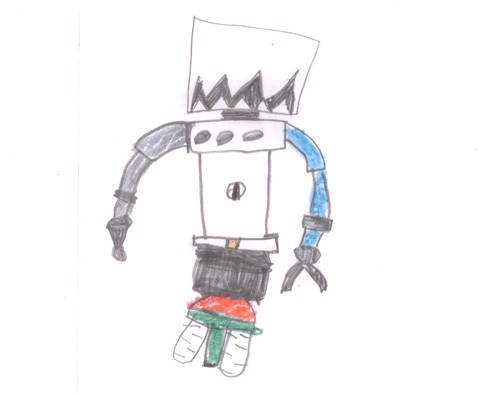
This prototyping process repeated itself several times before Ruslan finally prototyped and created M.A.X.
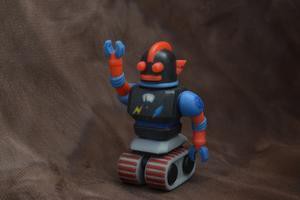
Not to be outdone, his younger sibling also prototyped a robot with his help.
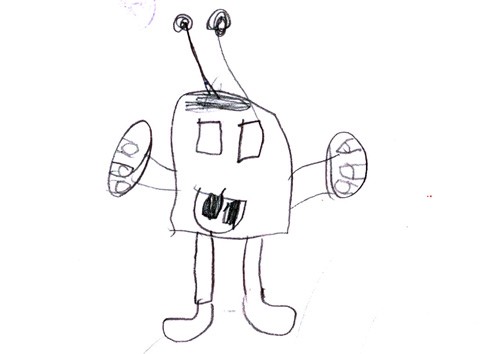
IxDA Education Panel
Last night I took apart in a panel discussion on the general state of interaction design education at IxDA Toronto.
My fellow panelists included a senior Digital Planner from a large agency, an interaction designer/educator from a design studio and designer who recently graduated from a MDes IxD program. The main theme of the rich discussion was that UX career paths are not “one size fits all” and that people in UX benefit from their past experiences and the skill sets they bring from their education and work history. Individuals follow diverse paths to end up in the UX field. Some people began with formal education in a completely different field (accounting, computer science, information science, fine art and design). Others fall into the role by learning on the job or are self-taught.
